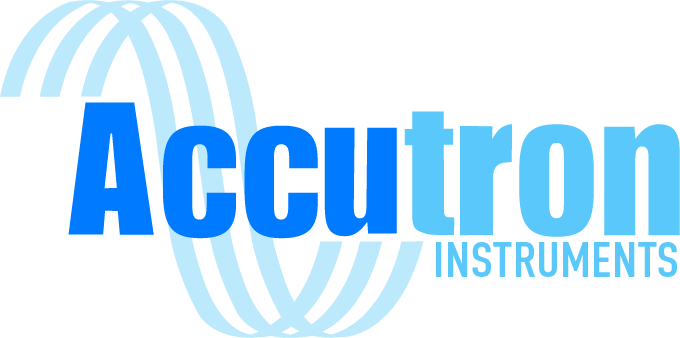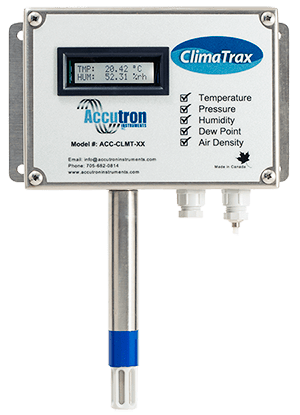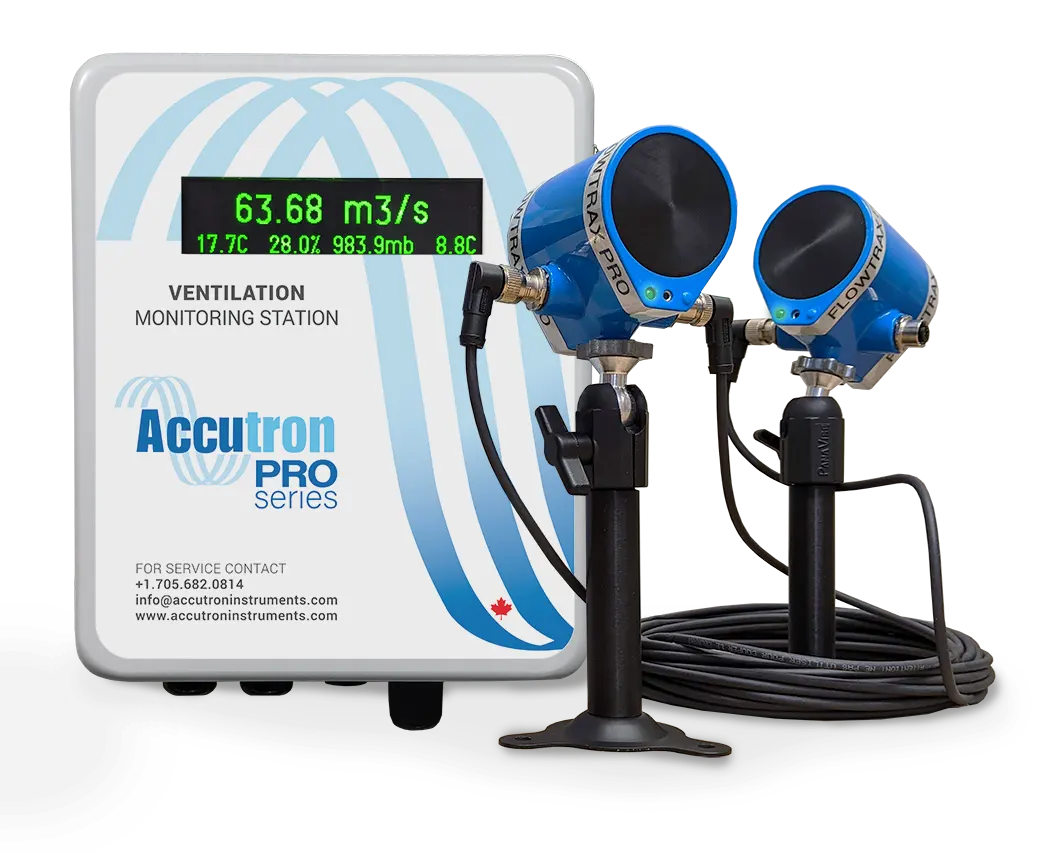What is Greenhouse Automation?
Greenhouse automation and monitoring.
Greenhouse automation is complex system designed to simulate the optimum climate conditions for maximum plant output.
Maximizing a plants output can be achieved by maximizing the photosynthesis process. Many parameters have to be controlled with tight margins to achieve this. Greenhouse automation can optimize climate conditions for plant growth.
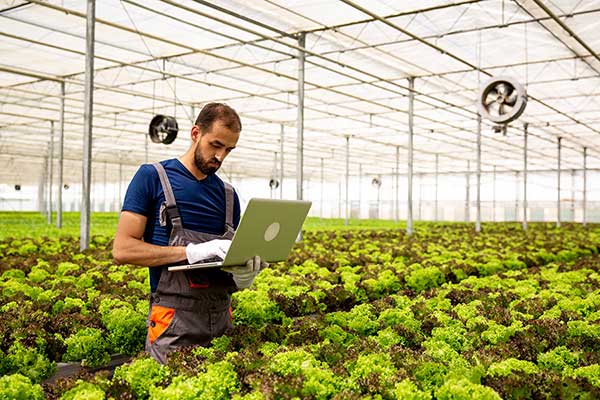
Greenhouse Automation Parameters
A key parameter for photosynthesis is transpiration. The main method for energy transfer in plants is through transpiration. Transpiration is the process of water transfer from the plant to the air. The Transpiration rate of a greenhouse is a function of three parameters:
- Temperature
- Humidity
- Light
Precise control of these three parameters can maximize the transpiration rate in the greenhouse, maximizing the photosynthesis process. This leads to healthier plants, greater output, and reduced growing times.
Temperature
Every species of plant thrives in a different ideal temperature, but the idea is the same. A greenhouse should be kept at the ideal temperature for that species. Too hot or too cold, and the plant will not produce an ideal output.
It is also important to monitor the temperature of irrigation water at the plant drain line. If the water is too hot, it can cause root damage. If the water is in a transparent pipe and is exposed to sunlight, there is risk of algae growth. In hotter months, it is ideal for water to be a little cooler (around 18C) to help cool down roots to aid with transpiration.
Monitor temperature, pressure and humidity in real time. Calculate VPD and automate systems to maintain the ideal greenhouse environment.
Relative Humidity
Relative Humidity Measures the water vapour content in the air. It is a ratio of water vapour currently present in the air compared to the maximum amount possible at that temperature. Humidity control is key to transpiration rate. Since transpiration is the transfer of water from the leaves to the environment, there has to be a sufficient gradient in moisture levels between the leaf and the air so that the air can absorb the water. exposed to sunlight, there is risk of algae growth. In hotter months, it is ideal for water to be a little cooler (around 18C) to help cool down roots to aid with transpiration.
Vapor Pressure Deficits (VPD)
In agriculture, the vapor pressure deficit (VPD) provides a better representation of water present in the air. VPD measures the total moisture present in the air versus the total moisture possible when the air is saturated. By controlling the air temperature and humidity in the greenhouse, the optimal VPD can be reached. The optimal VPD will be dependent on the type of species in the greenhouse, but generally most plants will thrive in an environment with a VPD between 0.8 and 0.95 kPa.
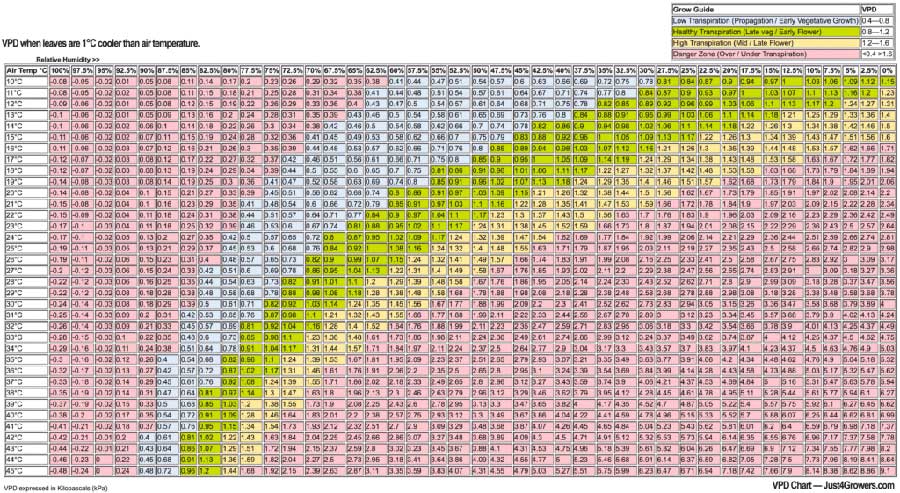
Ventilation
Ventilation is important with indoor farming. When plants perform photosynthesis, they take in carbon dioxide from the environment and output oxygen. A poorly ventilated indoor farm will eventually run out of CO2 in the air for plants to use in photosynthesis. This will result in reduced growth rate, and eventually the plants will die.
If there is other equipment present in the greenhouse, there is a possibility of pollutants to be introduced in the air. It is important to ensure that the greenhouse is properly ventilated. Monitoring the airflow in the greenhouse can help with automating ventilation systems to help maintain optimal growing conditions.
Monitor airflow speeds in your greenhouse to ensure proper ventilation. Set ventilation systems to activate when airflow is low, control fan speeds to maintain airflow or limit a maximum desired airspeed. Connects your temperature, pressure, gas, or other sensors to your network to fully automate your greenhouse.
Carbon Dioxide (CO2)
Carbon Dioxide (CO2) is a key input for photosynthesis. Carbon Dioxide enrichment increases the conversion efficiency of sunlight during photosynthesis. With proper CO2 enrichment, greenhouse environments can allow plants to convert sunlight with higher efficiencies than field crops. Transpiration rates can be reduced under CO2 enrichment, but this leads to increased efficiency of water use.
High ventilation rates can increase the cost of CO2 enrichment. If high ventilation is required, it is recommended to keep CO2 enrichment levels close to that of the ambient air so that the air exchanged through ventilation does not dilute the CO2 present in the air. Ultimately, CO2 supplementation shortens nursery time and results in sturdier, higher quality plants.
Monitor carbon dioxide levels to ensure plants can perform photosynthesis at optimal levels, while simultaneously monitoring for pollutants such as carbon monoxide, nitrogen dioxide, and sulfur dioxide.
